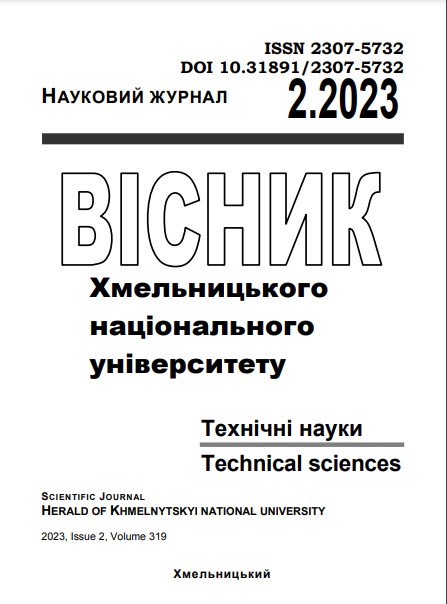USE OF SIMILARITY METRICS IN ROBUST TIME DELAY ESTIMATION
DOI:
https://doi.org/10.31891/2307-5732-2023-319-1-224-230Keywords:
time delay estimation, similarity metrics, robustnessAbstract
This paper addresses the task of time delay and direction of arrival estimation for a source of the wideband signal using two sensors with fixed displacement. The peculiarity of the task statement is that a limited time of signal observation is supposed and additive noise is assumed non-Gaussian with a heavy-tail distribution. This leads to a high probability of abnormal estimates for the conventional signal processing method based on cross-correlation. To decrease this probability, it is proposed to reformulate the task of cross-correlation processing to the task of similarity estimation between two data arrays. This allows using different similarity metrics, particularly those that have less sensitivity to outliers in data (impulse noise), and, thus, provide better robustness for non-Gaussian environments typical for several applications of time delay estimation. More than ten different similarity metrics are considered for the model of the symmetric α-stable distribution describing noise properties. It is shown that some metrics including cosine distance, Hellinger, and some others are able to provide sufficiently better accuracy of time delay estimation both in the sense of less RMSE of normal estimates and probability of abnormal estimates for typical values of α and a wide range of γ values for symmetric α-stable distribution.
Downloads
Published
Issue
Section
License
Copyright (c) 2023 ВЯЧЕСЛАВ ОЛІЙНИК, ВОЛОДИМИР ЛУКІН (Автор)

This work is licensed under a Creative Commons Attribution 4.0 International License.

